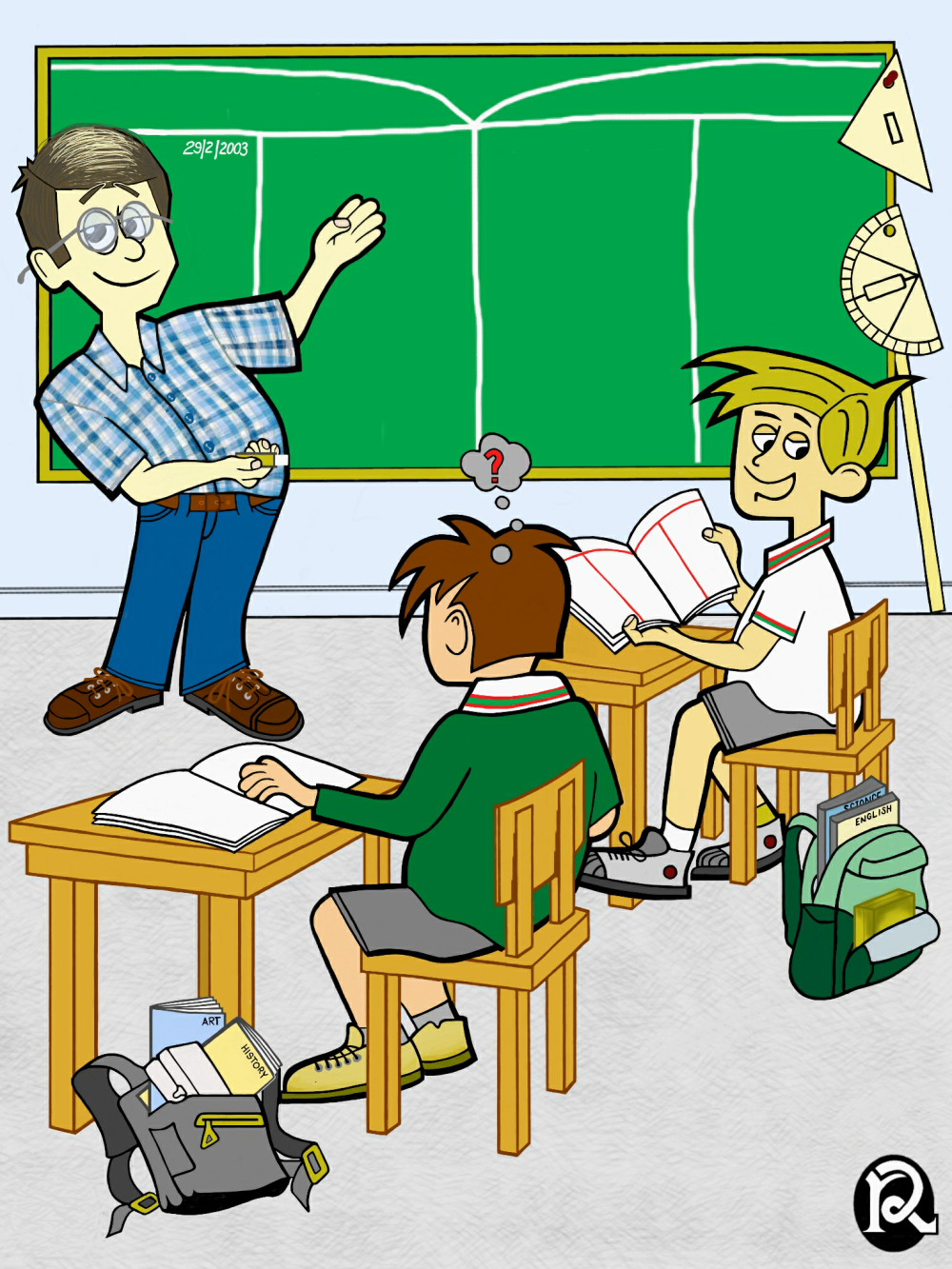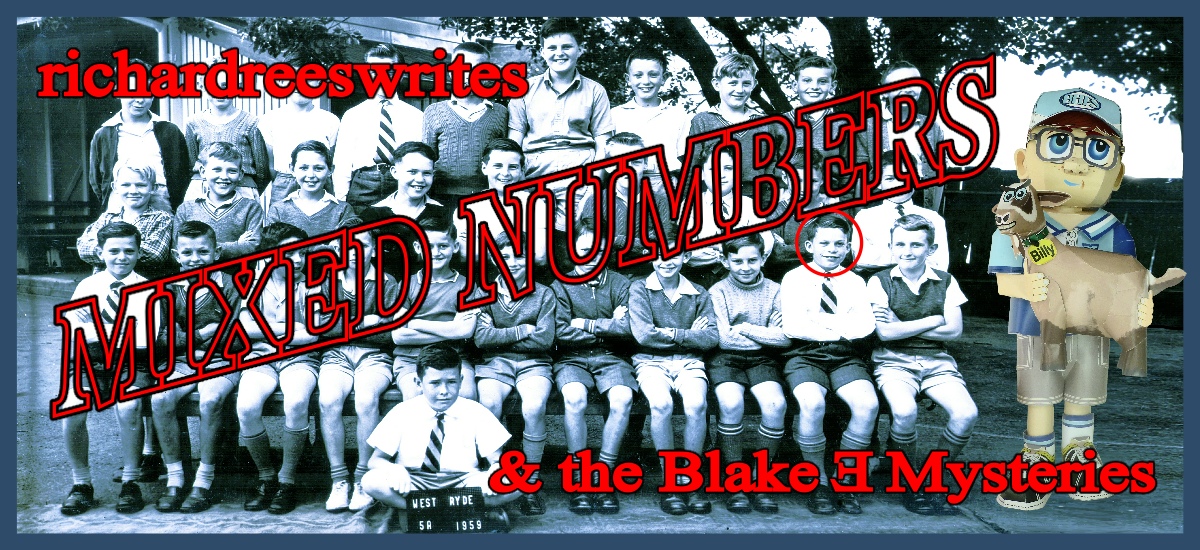I miss my blackboard—such a reliable and secure feature in the classroom.
Like the value of π and e, the blackboard represented another constant in my career as a mathematics teacher.
No, I am not a Luddite. I used white-boards, overhead projectors and computers. In contrast, my grandkids’ teachers use ‘smart boards’ with not a stick of CaCo3 anywhere. Would I have adapted? Well yes-siree-bob, but I shall not forget those black, or should I say, green coloured panels.
My friend Shakespeare said, ‘All the world’s a stage, and all the men and women merely players’. Perhaps he was correct as the classroom was my stage, the blackboard was my backdrop, and favourite prop, well—dustless chalk, often in my trusty chalk-chuck.
Please indulge me as I make my usual entrance.
Act 1: Scene 1.
I stride to centre stage. Twenty centimetres from the top of my blackboard I draw a vertical axis of symmetry which divides the board in half. At the beginning of this line, with a sweep of the arm, I transcribe parabolic arcs to the left and right ending in the upper corners. Next, I trace the chalk horizontally, full width, through the start of the vertical line. To finish, two more lines drop vertically from the previous tracing thus dividing my workspace into four equivalent regions.
Act 1: Scene 2.
A ‘newcomer’ questions my sanity.
“Sir what’s goin’ on here?”
A regular student who has seen this performance on countless occasions interjects.
“Can’t ya see? Sir’s drawn an open book. An’ that’s the way he expects us to set out our pages.” Further explanation is unnecessary.
Act 2: An educational lesson, I trust.
An era may have passed. No longer can classroom incidents be defused by sending Johnny to clean the duster on the tall gum. The art of tap-tap-tapping, to reinforce a previous outcome could be lost to antiquity. Moreover, rooms will contain fewer options for tacks and screw-hooks required to hang mathematical aids. I guess those mathematical aids may well be superseded also.
And no more draaaagging finger nails down the board to get everyone’s attention—Aaaaagh!
Good teaching is one-fourth preparation and three-fourths pure theatre. Gail Godwin (1937-) American Novelist
 This picture contains six errors. Some are easy to spot, others are more difficult. If you wish to post the mistakes you discover, include them as a comment. The six errors will be posted at the same time as the next story and will be found on the ANSWERS PAGE (Click here).
This picture contains six errors. Some are easy to spot, others are more difficult. If you wish to post the mistakes you discover, include them as a comment. The six errors will be posted at the same time as the next story and will be found on the ANSWERS PAGE (Click here).
